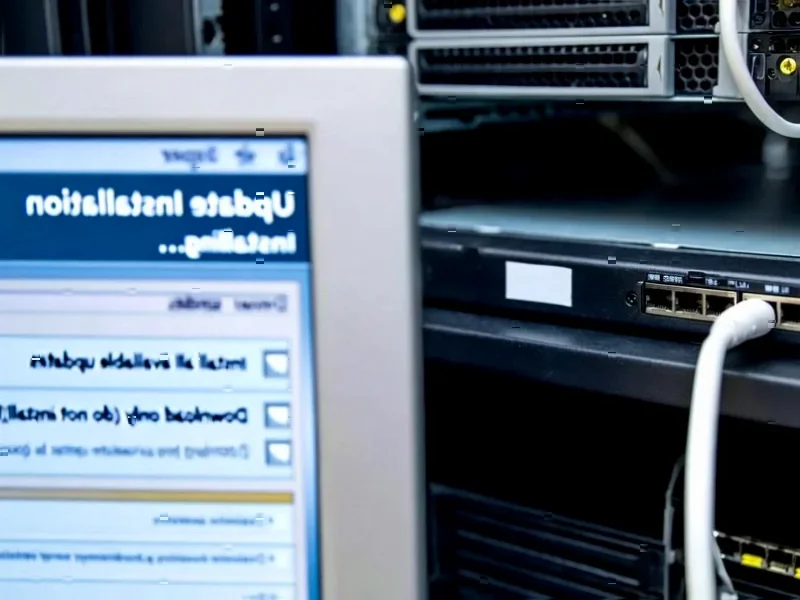According to Utility Dive, the Black & Veatch 2025 Electric Report reveals that utilities are facing unprecedented security challenges as the grid modernizes. Malware tops their list of concerns at 41%, followed closely by cloud vulnerabilities at 38% and ransomware at 37%. The report shows a worrying gap between confidence and preparation—while 37% believe they could recover from an operational technology attack within a day, only half base their security spending decisions on formal risk assessments. Training has emerged as the top priority, with 40% of respondents pointing to workforce readiness as most critical. The organizational disconnect is stark: 34% haven’t integrated physical and cybersecurity planning, and only 22% use unified teams.
The Perimeter Problem
Here’s the thing about modern grid security: the old approach of securing a perimeter and trusting everything inside is completely obsolete. We’re talking about thousands—soon millions—of distributed energy resources, from solar panels to smart inverters, each representing a potential entry point. And these aren’t hypothetical threats—when Spain and Portugal lost power for 12 hours last April, the immediate suspicion was a cyberattack. That tells you everything about where we are today.
The scary part? Many of the most dangerous attacks are virtually undetectable to human operators. How do you distinguish between normal maintenance and a cyberattack designed to trigger motor failures? Or tell if a power surge comes from aging equipment versus intentional interference? Basically, operators are flying blind until systems reach critical failure points.
The Human Element
All the sophisticated monitoring systems in the world won’t matter if the human element fails. Look, technology security ultimately depends on security-aware operators who actually use strong credentials, manage access responsibly, and stay alert to threats. That’s why training has jumped to the top of utility priorities—you can’t patch your way out of cultural problems.
But there’s a deeper issue here. The operational teams managing hardware and uptime need to develop skills in network logging, compliance documentation, and threat assessment. And executive leadership needs to stop treating cybersecurity as a compliance checkbox. When senior managers view security as paperwork rather than operational strategy, you’re basically inviting successful attacks.
The Organizational Disconnect
Attackers don’t care whether they’re exploiting physical or digital vulnerabilities, but utility defenses still operate in silos. From experience, utilities have a better chance when their operations, IT, and engineering teams work as a unified front. Yet the numbers show most organizations keep these functions separate—different tools, different protocols, minimal communication.
Think about that for a second. When adversaries strike, your response teams might be discovering each other’s existence in real time. That’s not just inefficient—it’s dangerous. The Black & Veatch report makes it clear that integrated planning remains the exception rather than the rule.
What Actually Works
Success comes from building awareness across both physical and digital operations. Teams need to understand how grid systems and cyber threats intersect, and how to respond when monitoring systems spot something unusual. No single department can manage cybersecurity for an entire utility—grid security has to become everyone’s responsibility.
The grid is becoming more digital, more vulnerable, and more distributed every single day. Utilities that build integrated defenses will keep the lights on. The rest? They’ll be explaining failures to regulators. The full report shows the path forward, but it requires fundamental changes in how utilities think about security from the C-suite down to the control room.




